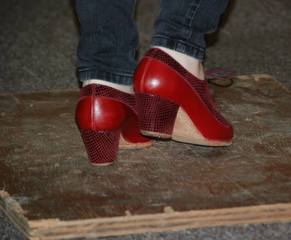
It happened when I was trying to drill a llamada, or opening "call" step that you use to call the musicians and singer in for the next section of the piece. Because they serve this function, llamadas are usually exciting and punctuated with percussive heelwork that comes to a well-accented close. Then there is a breath...
and the next section begins.
So you can imagine, the llamada must be executed clearly, without hesitation. However, when you're a student still in your early days, these steps often seem intimidating. Thus, a fear can set in and this is where you can get stuck.
So one evening, during a rehearsal at the dance studio, I was stuck in one of these moments. I couldn't get a llamada por Alegrías (the rhythm of "Joy" of all things) to come out, even though I had done it a bunch of times in class. The stress of having to do it by myself while others were watching was just too much for me. It just fell apart after the first few counts. I was about ready to cry from anger. It was the complete opposite of what I was supposed to be channeling.
Then the words that have stuck with me for years came out of my fellow student, a tiny, but fierce dancer. She smacked one fist into her other palm and said, "In Spain when that would happen to me, my teacher told me the problem was that I was afraid of the step and that as long as I was afraid of the step, it would never come out. You actually already have it in you; you just need to let go and let it come out. So just go for it. Just do the step. Don't fear the step. Don't fear the step!"
Don't fear the step. Just go for it. It's already in you, you just have to get out of your own way.
How perfect is that, not just for dance, but for life? That's why I still remember it. I have continued to use that advice throughout my Flamenco career and studies, but I also think of my fearless friend when I have a challenge in other parts of my life, such as this new Lupus diagnosis. The fear is what keeps me stuck, but when I am willing to let go of the fear, I get out of my own way and find that the step I am so afraid of is what will lead me to the next breath, the next verse, the next calling.
Now remember, there will always be steps in dance or in life that are more complicated than you are technically prepared for, and you will have to do the work to acquire those skills. But when you know you have diligently done the work, and something still isn't quite right, it might be time to ask yourself, "Am I afraid of the step? Do I need to just let go and see what happens?" I bet you'll often find that's all you needed to do to get through that step and into the next breath.
And yes, by the way, that is what happened for me that night. I let go and it turned out I did have the step. And yes, I breathed a big sigh of relief and got a good joyful laugh too.
Did you like this post? If so feel free to "Like" and share it.
Is there a step you know you need to take, but you're letting fear hold you back? How do you think you can "let go" and just take the step? I'd love to hear from you in the comments section below! Let me be your cheerleader!
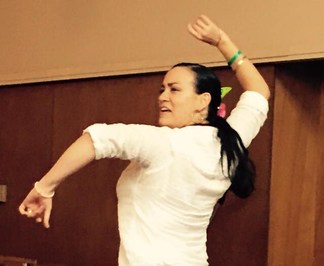
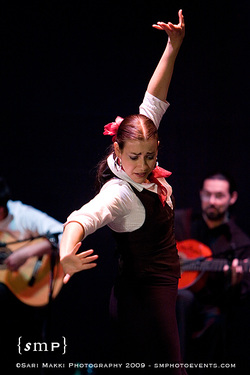
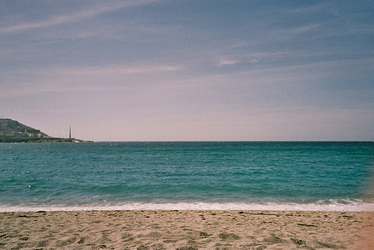
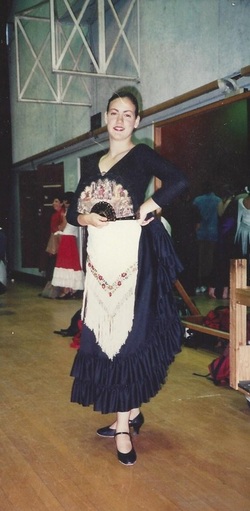
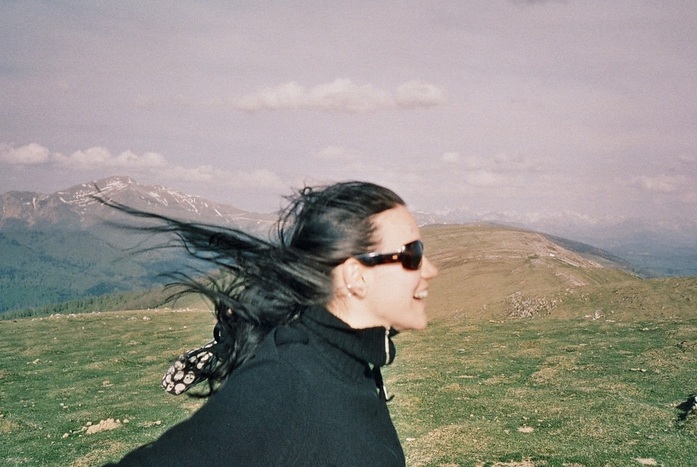
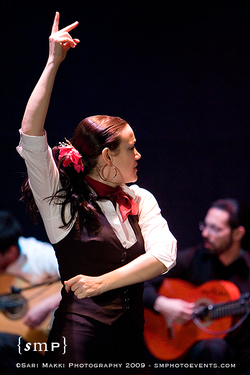
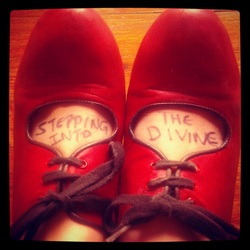
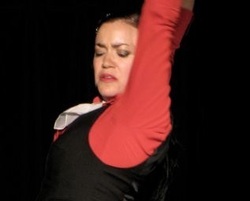
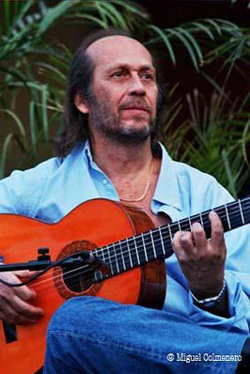
 RSS Feed
RSS Feed
